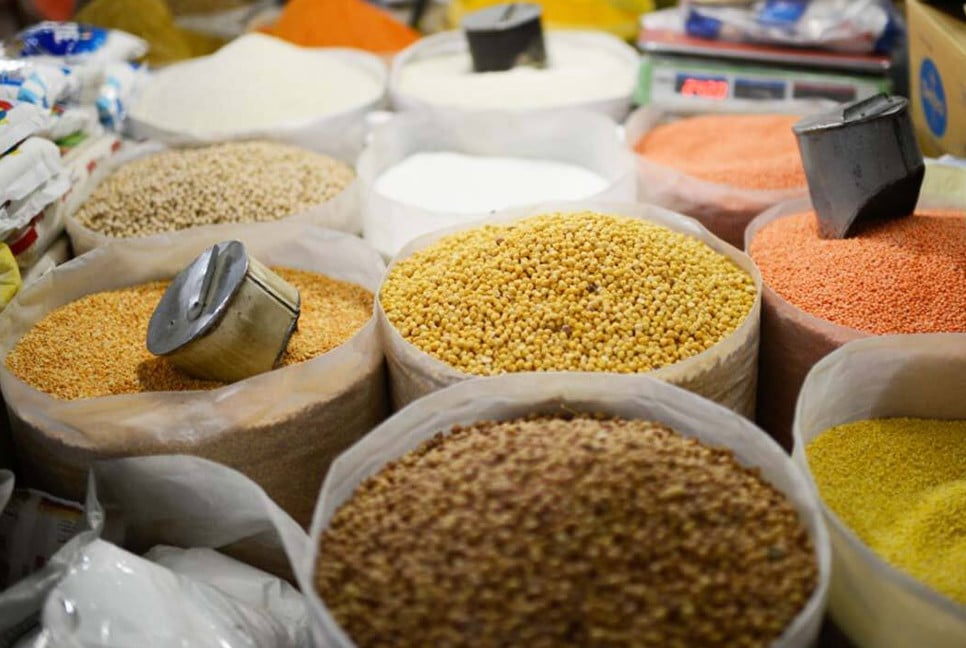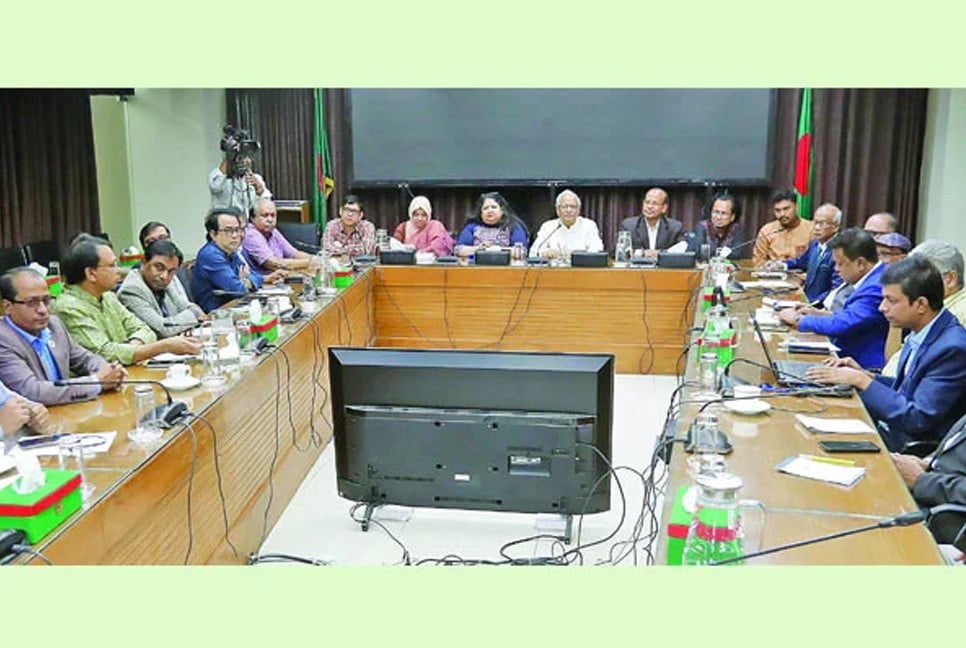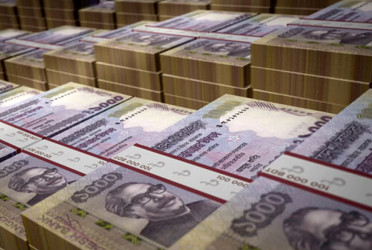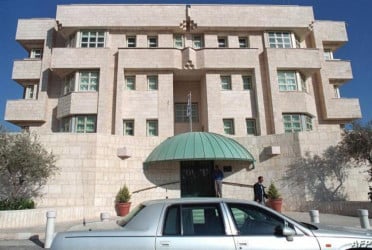Deep crisis has been taking place in the readymade garments (RMG) sector of the country, which contributes almost 84 percent of export revenue of the country. Due to internal and international reasons, the export of RMG goods in the US and Europe has been decreased. The garments factories have been getting shut down for various reasons. On the other hand, the number of orders is increased from countries like India and Pakistan. Hence, the garments owners are very much worried as the exports in the main market has been shrunk.
According to the sources, the dollar crisis, price hike in fuel oil and gas initiated in the middle of 2022 affected the RMG sector badly. The factory owners are not getting sufficient gases even they pay higher price for it. Many factories have been shut down and huge number of workers lost their jobs.
The authorities concerned said, the close attention to European labour control regulations and US labour policy has created extra pressure on the RMG factory owners. Furthermore, the unfinished lot to retail sellers and brand shops along with Western buyers’ facing high inflation led to decrease in RMG products export. The textile mills of the country suffered most due to gas crisis. The government promised to provide uninterrupted supply of gas when they increased its price. However, that promise wasn’t realized. The factory owners are not getting required gas despite paying higher prices for it. The shutting down of RMG factories also created big unemployment problem.
The former president of FBCCI, the country's top organization of businessmen and industrialists, Md. Jasim Uddin in this regard told The Bangladesh Pratidin, "Due to the dollar crisis, there is a problem in opening LCs (letters of credit). There is an energy crisis. Demand for gas is not available for industry. Our exports have not increased whereas the wages have increased in the export-oriented garment sector. Due to reduced demand in the world market, not enough orders are available.”
According to the data of Export Promotion Bureau (EPB), in the first six months of the current fiscal year, the export of garments made products in European Union (EU) countries decreased by 1.24 percent which is equivalent to 1,136 million dollars. Apparel exports to Germany, the EU's largest market, fell 17 percent billion in the July-December 2023-24 fiscal year, which is equivalent to $2.86. Garment exports to Italy fell by 3.89 percent. Exports of garments made to the US, Bangladesh's single largest market, fell 25 percent in the first 11 months of last year (January-November) compared to the same period last year, which was equivalent to $6.79 billion. During January-November 2022, the export amount was 904 million dollars. In the first six months of the current fiscal year, Canadian-made apparel exports rose 4 percent to $741.94 million.
Bangladeshi garment export to Europe-America were decreased, it the export was increased from India and Pakistan. According to the US Department of Commerce's Office of Textile and Apparel Trade Data (OTAX), India's apparel exports to the US have increased by 1.50 percent over the past year. Garment exports in November 2023 were 6.9 billion square meters. Exports during the same period of the previous year were 6.8 billion square meters. of Pakistan's garment exports to the United States also increased by 2.80 percent. Pakistan exported 8 billion square meters of garments in October 2023. Exports during the same period of the previous year were 7.8 billion square meters.
Faruque Hassan, president of BGMEA, an association of garment manufacturers and exporters, said, "Due to high inflation, buyers in many countries, including the United States, have reduced their purchase of clothing. So, the global market for local RMG products is in bad condition. Not only Bangladesh, the exports of other countries of the world are also decreasing. We continue to strive to increase exports to non-traditional markets. It will not have much impact on export earnings.”
(The report was published on print and online versions of The Bangladesh Pratidin on January 30 and rewritten in English by Lutful Hoque Khan)




































































